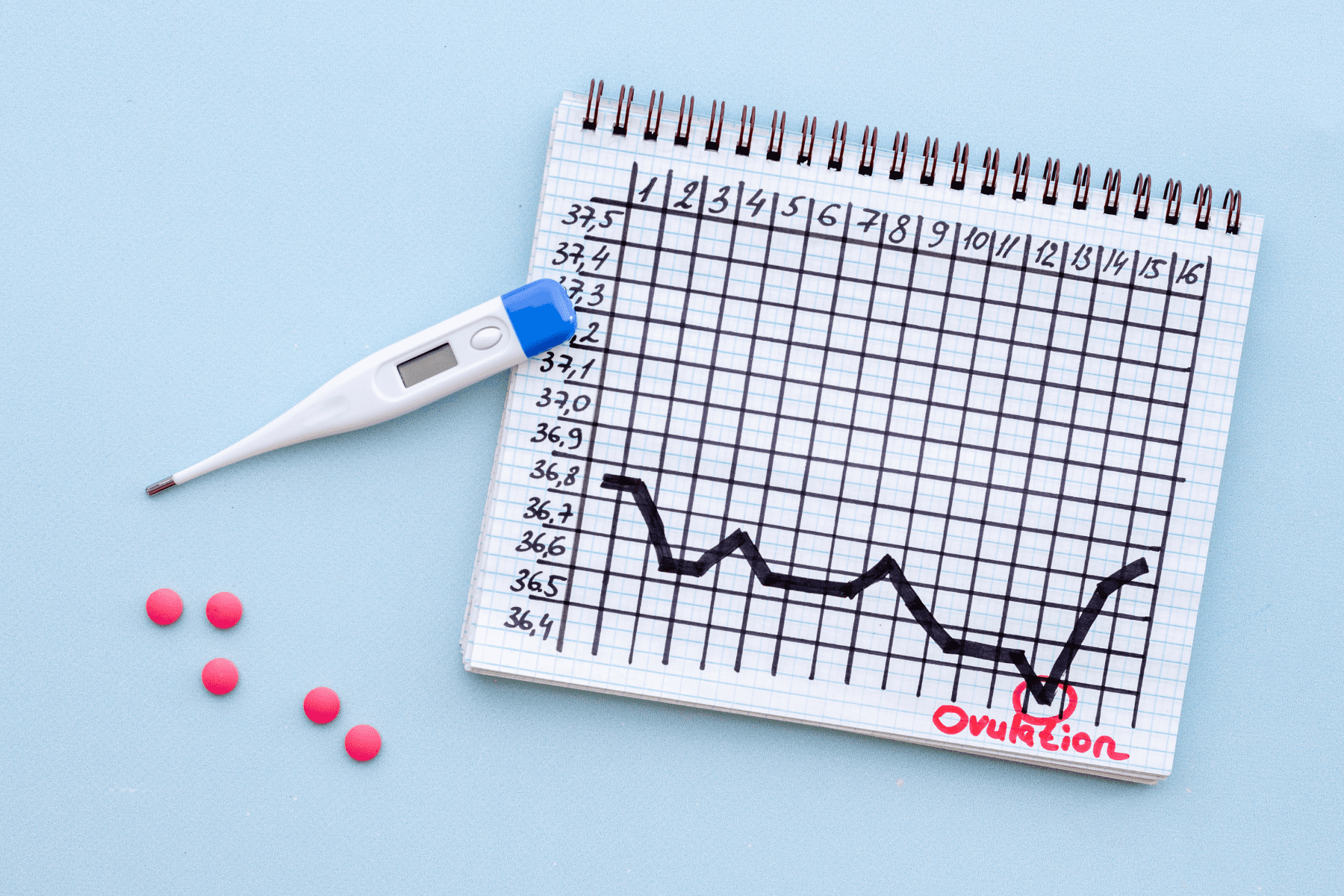The impact of cryopreservation on the growth and improved efficiency of assisted reproduction in humans has become increasingly appreciated. With approximately one quarter of a million babies born following cryopreservation, cryopreservation has been shown to increase pregnancy rates while allowing for further selection of embryos.
Therefore, it is possible to achieve implantation and pregnancy rates with frozen-thawed embryos as high as those achieved with fresh embryos. Blastocysts have been shown to increase pregnancy rates while allowing for further selection of embryos. Lower numbers of embryos are being transferred resulting in less high-order multiple pregnancies and increased implantations.
In addition, decreased numbers of embryos are transferred increasing the potential for more embryos to be placed in frozen storage and expose the patient to fewer fresh cycles. Initial efforts at cryopreservation involved programmable slow cooling techniques to minimize intracellular ice crystal formation.
Over the past decade, especially vitrification has become a well-established and widely used routine procedure that allows important expansion of therapeutic strategies when in vitro fertilization (IVF) is used to treat infertility. Specifically for an IVF cycle, vitrification of embryos occurs at the blastocyst stage which is typically on day 5 or day 6 after oocyte retrieval.
At this stage, the blastocyst is composed of approximately 80 to 120 cells and differentiated into an inner cell mass which becomes the embryo and an outer cell mass which becomes the trophectoderm. When vitrification takes place at the blastocyst stage, the survival rate from thawing these blastocysts is very high at 97%.
From 2006 to 2012, there was a clear shift toward increased use of frozen embryo transfer (FET) in the US, coincident with live birth rates increasing more rapidly in FET than in fresh transfers. Over the past ten years, a total of 27,054 of blastocysts have been vitrified at Fertility Centers of Illinois.
The 2012 National ART Success Rate for FET for patients with age <35 is 51.4% for clinical pregnancy per transfer (cdc.gov) compared to the 2014 FCI success rate for FET for patients with age <35 of 61.2% for clinical pregnancy per transfer. The 2014 FCI ongoing pregnancy rate for FET is 54.6% per transfer. The high pregnancy rate allows for the recommendation of a single embryo transfer (SET) to minimize the multiple birth rates. The average number of frozen embryos transferred is 1.6 with a twin rate of 22.0% and < 2% rate of higher order multiple pregnancies.
An FET cycle is much easier for the patient to undergo than a fresh IVF cycle. There several protocols are available to prepare the endometrium for FET, and the standard protocol consists of estrogen in patch, oral or vaginal administration followed by luteal phase progesterone supplementation in intramuscular or vaginal form. There is no risk of ovarian hyperstimulation since gonadotropins are not needed.
In fact, FET cycles have been so successful that there has been much debate in the last two years if all IVF cycles should be followed by embryo cryopreservation instead of fresh embryo transfer. Several recent articles have demonstrated that FET cycles resulted in significantly higher clinical and ongoing pregnancy rates compared to fresh transfer. These findings suggested that there may be a better embryo to endometrium synchrony with FET cycles. There is also some evidence that the perinatal outcome may be improved with FET.
Medical contribution by Dr. Juergen Liebermann






